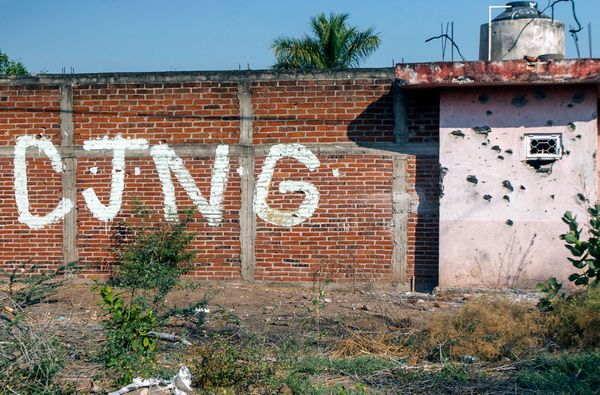A recent study by scientists has suggested a significant decline in the habitat of Golden Langur ( Trachypithecus geei), an endangered primate species that’s distributed in the trans-boundary region of Bhutan and India.
A recent paper titled ‘”Future simulated landscape predicts habitat loss for the Golden Langur (Trachypithecus geei): A range level analysis for an endangered primate” throws light on whether the habit of the endangered primate is protected or not.
Golden Langur are easily recognised by the colour of their fur, and are distributed in the forested habitats of Tsirang, Sarpang, Zhemgang and Trongsa districts of Bhutan. In India, fragmented and isolated populations of the species are distributed in the Chirang, Kokrajhar, Dhubri and Bongaigaon districts of Assam.
“The results indicate that out of the total range extent (66,320 km2), only 12,265 km2 (18.49%) is suitable for the species at present, which will further be reduced to 8884 km2 by the year 2031, indicating major range contraction. These suitable habitats are largely scattered and fragmented in southern range of the species,” the paper points out. The paper has been published by scientists of the Zoological Survey of India (ZSI), including Lalit Kumar Sharma, officer-in-charge of ZSI’s Wildlife Section.
While most of the suitable areas in the northern range distributed in Bhutan are connected, except for a few dispersed small patches in the northeast, the model depicts a scattered distribution with fragmented populations in the southern part of the range located in Assam, India. Only 14.39% of the future suitable areas fall inside the Protected Area (PA) network of both countries in the entire global distribution range. The possible new suitable area gain predicted inside the PAs will remain at 547 km2, which is less than the loss of (1,412 km2 ) suitable habitats from the PAs, the study has pointed out.
Scientists say most of the southern populations in Assam are currently distributed in reserve forests that are under higher levels of anthropogenic pressures. There are several forest fragments in the lower Assam holding small and isolated populations of Golden Langur without any conservation initiatives except for efforts by a few locals and non-governmental agencies. In recent years, studies from these areas have reported human-langur conflict cases, and the intensity of these cases is increasing because of enhanced human footprints in the habitat of the species.
“We found that the impacts of land-use change will be more fatal to the existence of Golden Langur than human-induced climate change. Therefore, the identified forest patches with suitable habitats should be prioritised by forest managers for the implementation of habitat improvement activities,” Dr. Sharma said. Recently, villagers near the Kakoijana Reserve Forest in Assam’s Bongaigaon district opposed the State government’s decision to earmark the area as a wildlife sanctuary. Earlier, in the 1990s, the extraction of timber by extremist groups in the region had resulted in the destruction of forest patches in southern Assam. While recent community conservation programmes by the government yielded positive results for the Golden Langur population of Manas National Park, fragmented and isolated populations are still severely threatened.







